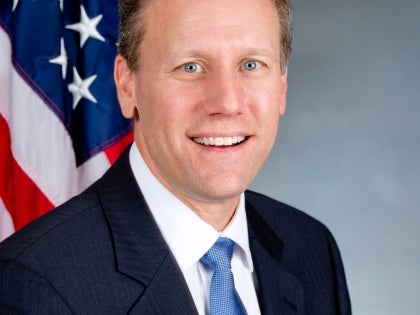
Sound Investment: Governor should sign bill to help downtowns
Syracuse Post-Standard editorial, published June 23, 2009
Gov. David Paterson announced Wednesday that he had vetoed 14 bills that he said would have cost taxpayers a total of $5.7 million.
"This is not a time to add to the state's spending or to increase the burden on the state's taxpayers," he said. "This is the time for fiscal responsibility, and that means vetoing bills that increase costs to taxpayers."
Given the fact that the state will likely face billions of dollars in deficits in the next budget season, it's hard to argue with that logic. But what about legislation that might cost money in the short run, but would reap much bigger benefits down the road?
Such a bill is about to be sent to the governor's desk, perhaps as soon as today. The Rehabilitation Tax Credit program, which would sweeten tax credits for developers who improve historic commercial properties in distressed areas, could be a boon for downtown Syracuse and other urban centers.
The bill was sponsored in the Senate by Sen. David Valesky, D-Oneida, and backed by the entire Central New York legislative delegation.
The Metropolitan Development Association says the bill, which would provide a reimbursement of 20 percent of the cost of renovations, up to a cap of $5 million, could immediately jump-start the redevelopment of downtown buildings into shops, offices and apartments. Combined with a similar federal credit, developers could get a total tax credit of as much as 40 percent.
The credits would essentially fill the gap between the considerable expense of rehabbing historic commercial properties and the revenue that could be gained through renting or selling them. Currently, the state tax credit is just 6 percent, with a cap of $100,000 -- hardly enough to entice developers. And there is no requirement that the credits go only to distressed areas, as there is in the current bill.
Supporters say the expense of the program would be more than made up by the economic stimulus it would provide -- in job creation, payroll taxes, sales taxes and property taxes. The program would cost about $40 million over five years, but the Preservation League of New York State estimates that it would generate $305 million in direct economic activity over the same period. A similar bill in Rhode Island sparked hundreds of millions of dollars of redevelopment in Providence and produced far more private investment than public outlay.
Renovating buildings that have been left to deteriorate in downtowns across New York is a clear public good. It would create more vibrant downtowns, which in turn would bring economic and social benefits to entire regions.
As popular as it is to bash Syracuse's downtown, the district still has an impressive core of historic buildings that are well worth saving. And the MDA says demand for quality commercial and residential spaces downtown is strong.
The governor vetoed similar legislation last year on the grounds that it was too costly. This year, because the program is limited to distressed neighborhoods, the cost estimates are lower, but the societal benefits are greater. The governor should take the long view -- and sign this bill.